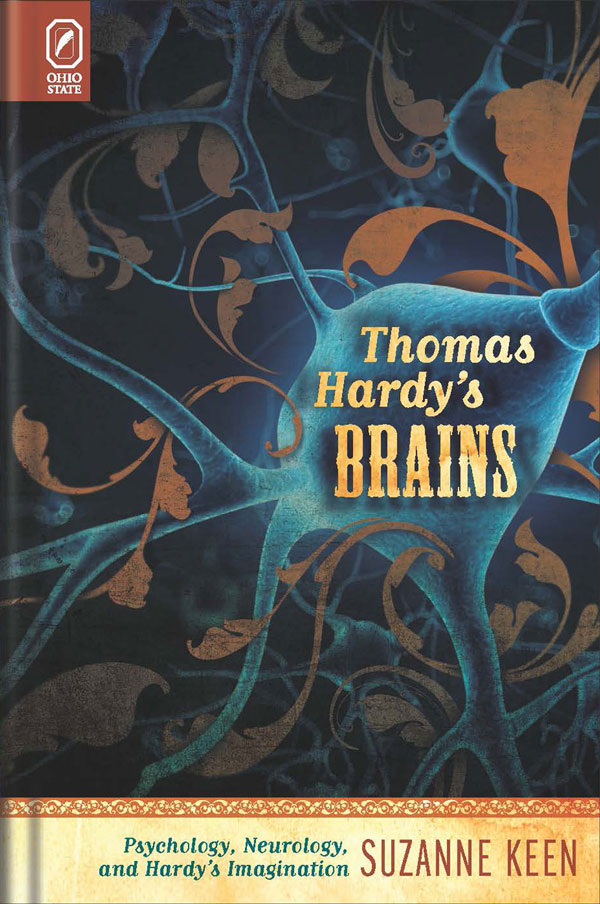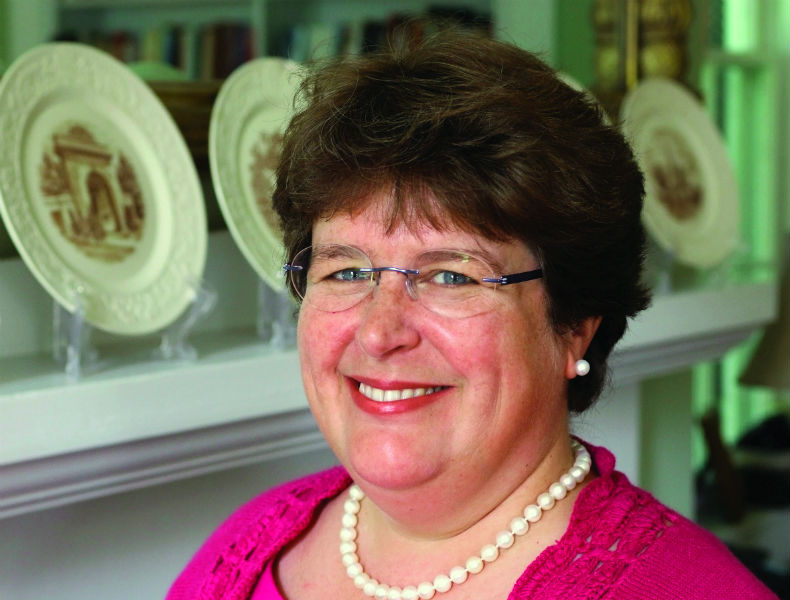Thomas Hardy’s BrainsPsychology, Neurology, and Hardy’s ImaginationSuzanne KeenTheory and Interpretation of Narrative |  3/7/2014 Literary criticism/ 236 pp. 6x9 
$64.95 cloth 978-0-8142-1249-3 Add cloth to shopping cart $25.95 paper 978-0-8142-5275-8 Add paper to shopping cart $14.95 CD 978-0-8142-9352-2 Add CD to shopping cart Shopping Cart Instructions Review/Change Shopping Cart & Check-out | |||
|
Explore More Thomas Hardy’s Library at Max Gate: Catalogue of an Attempted Reconstruction History of Neuroscience Resources Rosemarie Morgan, ed., The Ashgate Research Companion to Thomas Hardy |
“Suzanne Keen’s readings are brilliant and original. Thomas Hardy’s Brains fits both current research agendas in Hardy scholarship and those in the broader active field of concern these days for the use of neuro-science and studies of emotion, empathy, etc., in literary study and cultural studies. As far as I know, no other book approaches Hardy from just this angle and with just this degree of authoritative knowledge of the topic. It is certain to have wide influence and to change the way readers, teachers, and scholars read Hardy’s work.” —J. Hillis Miller, University of California, Irvine Distinguished Research Professor, Emeritus “As a distinguished Victorianist and cognitive literary theorist, Suzanne Keen breaks the mold of
interdisciplinarity. She has pioneered the introduction of the study of empathy/ The imagery of brains and nerves that Thomas Hardy employed in over a half century of writing amply demonstrates that he knew the psychology of his time. Thomas Hardy’s Brains: Psychology, Neurology, and Hardy’s Imagination reevaluates Hardy’s representations of minds, the will, and consciousness (and nescience) in the context of Victorian brain science and Victorian medical neurology. Suzanne Keen traces his reading from his early twenties until his old age in sources such as The Literary Notebooks, collections of reading notes made by Hardy from the 1860s onward. In showing how Hardy the reader informed Hardy the novelist and poet, she gives new insight into the unusual techniques Hardy used to represent fictional consciousness in his fiction and shows how the image schemas in his poetry embody his convictions. This study reveals how Hardy made sense of diverse sources of an affective human psychology, a discipline that expanded significantly during Hardy’s working life. From the 1870s to the turn of the twentieth century, the tools and techniques for studying the structures and function of the nervous system developed rapidly. Simultaneously, Hardy moved steadily toward realizing a more physiologically accurate rendering of brains and nerves.
| |||


